Sunita Williams Stranded in Space Due to Boeing Starliner Malfunction
In a turn of events that has gripped the space exploration community, Indian-origin astronaut Sunita Williams finds herself stuck in space aboard a Boeing Starliner. This is due to a series of technical malfunctions on the spacecraft. Alongside fellow astronaut Barry Wilmore, Williams reached the International Space Station (ISS) on June 7, following their launch from Florida just two days earlier. Originally planned as an eight-day mission, their return has faced multiple delays, the latest due to five helium leaks detected on board. These leaks are critical as they impact the functionality of the spacecraft’s reaction control system (RCS) thrusters. Without these thrusters, the spacecraft cannot maneuver as needed for a safe return.
The indefinite postponement of their return is not the first. In fact, it marks the fourth time that their journey back to Earth has been delayed. This unfortunate sequence of events has not only extended their mission but has also heightened anxiety across various stakeholders, including NASA, the astronauts' families, and the public. For Sunita Williams, this mission evoked memories of another tragic chapter in space exploration history. In 2003, another Indian-origin astronaut, Kalpana Chawla, perished along with six other crew members when the space shuttle Columbia disintegrated during re-entry.
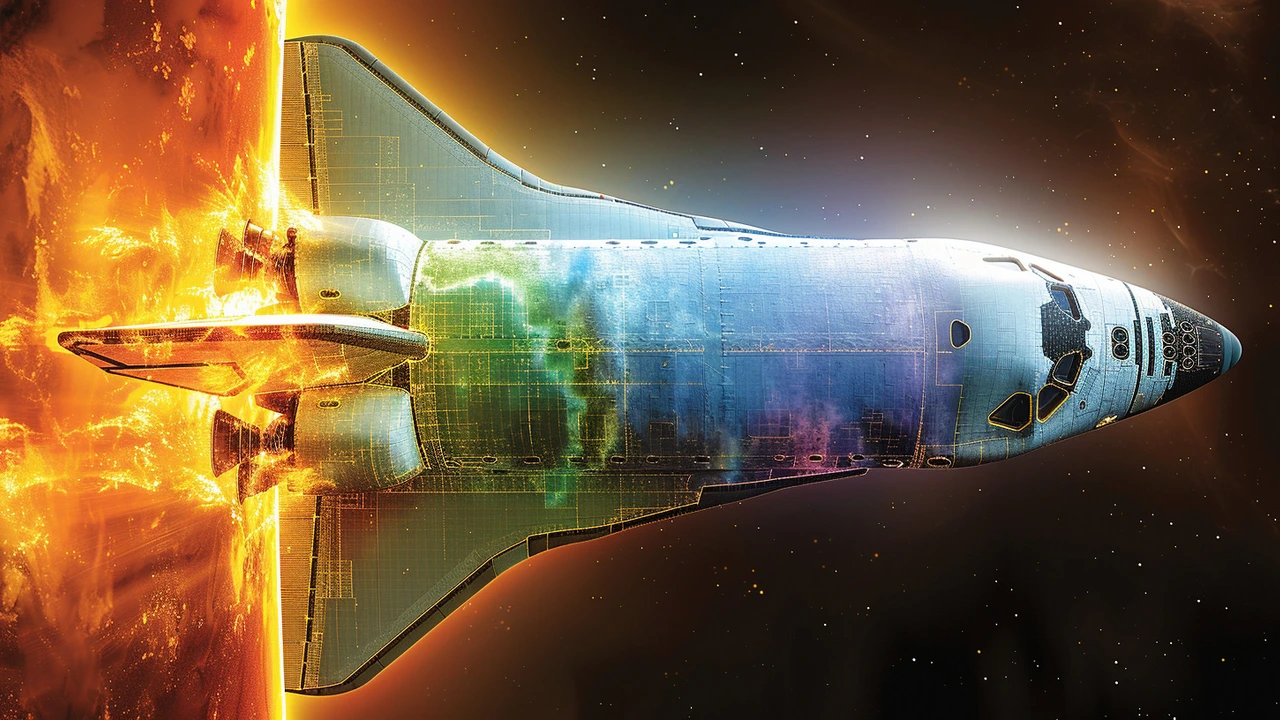
A Veteran Astronaut
Sunita Williams is no stranger to space missions or challenges. She was selected by NASA in 1998 and has accumulated a remarkable 322 days in space. Beyond her extensive experience, she is also a distinguished former US Navy officer and holds several records, including the highest number of spacewalks completed by a female astronaut. These credentials make the current situation even more poignant. Being highly skilled and exceptional at what she does, the hope is that she will navigate through this tough period successfully.
Boeing's Reputation at Stake
The Boeing Starliner mission was envisioned as the company's grand entry into the commercial human space transport sector, an industry in which Elon Musk’s SpaceX has already made significant strides. Since 2020, SpaceX has been reliably sending humans to space. In contrast, Boeing has faced numerous setbacks with the Starliner, with the current episode amplifying these concerns. The repeated delays and technical glitches paint a troubling picture of Boeing’s quality control measures.
This incident taps into a broader issue of safety and reliability in space missions. Just last year, another Boeing product faced scrutiny when a door plug detached from a Boeing 737 Max 9 Alaska Airlines jet at an altitude of 16,000 feet. These incidents, while not directly related, add to a cumulative reputation risk that Boeing must address comprehensively.
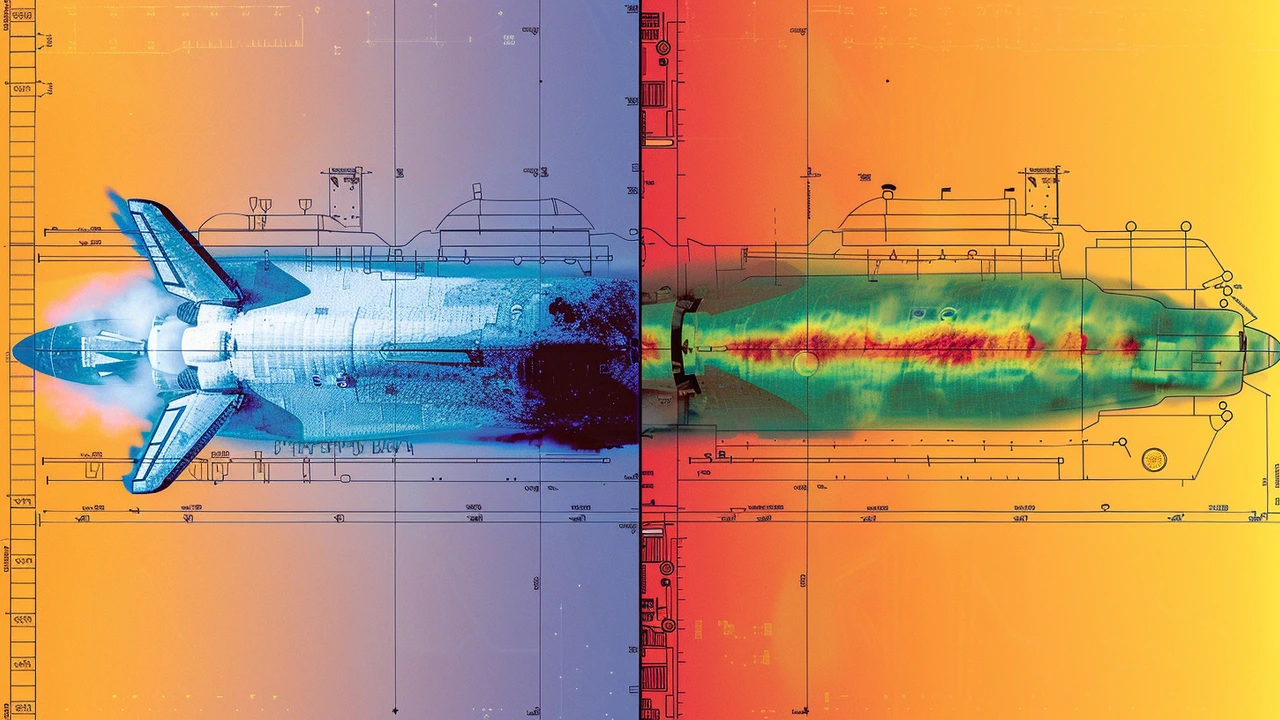
The Importance of Planning and Testing
Space missions are some of the most complex and hazardous endeavors known to humanity. They demand a level of meticulous planning and exhaustive testing that leaves no room for errors. The recent issues with the Starliner emphasize the critical importance of extensive verification processes. This sentiment is echoed by several experts who argue that in space exploration, a small error can lead to catastrophic outcomes.
“Every component, every system, every procedure must be tested and retested,” says a senior NASA engineer. “We are talking about human lives here, and there is no margin for error. While successes are celebrated, every failure must be a lesson that prevents future mishaps.”
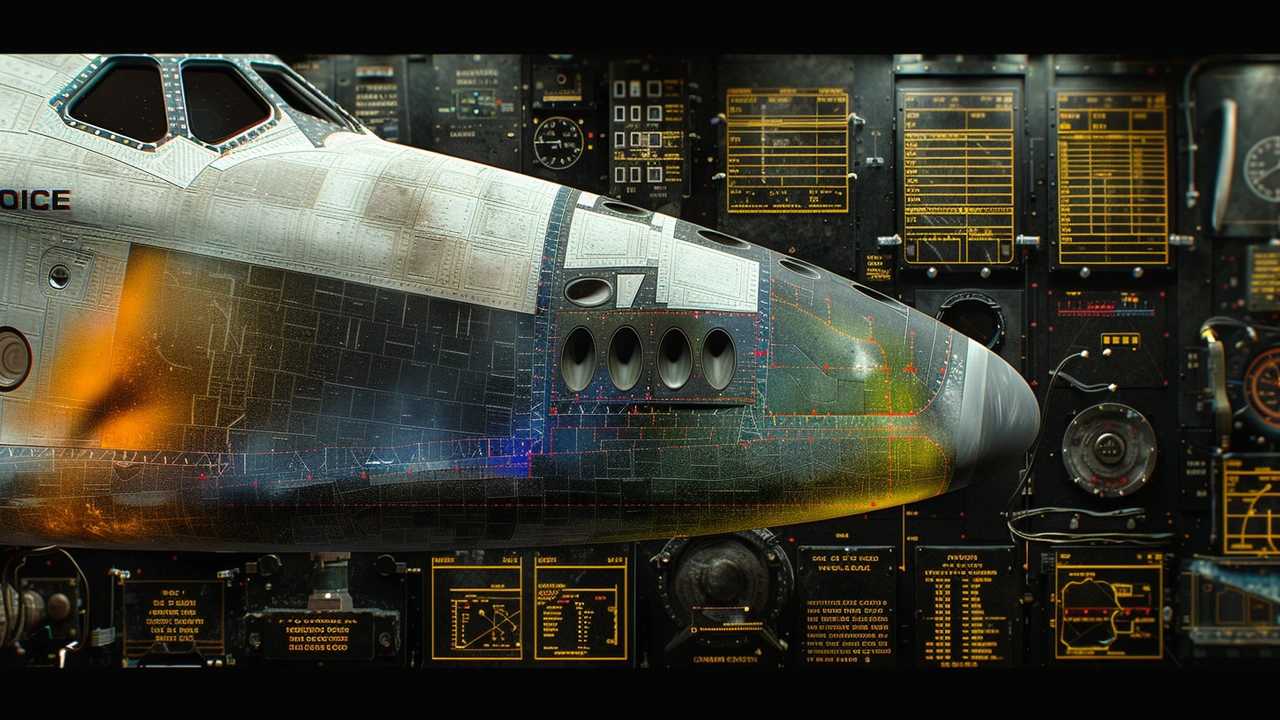
Future Prospects and Ongoing Challenges
The extended delay of Sunita Williams' return to Earth sends a strong message about the challenges yet to be overcome. While the Starliner crisis grants an unplanned extension of their mission, it also presents an opportunity for NASA and Boeing to redefine their strategies and bolster their approaches to safety and reliability. The global space community will be closely observing how this situation unfolds and what corrective measures will be implemented. The health and safety of astronauts remain a paramount concern, reinforcing the need for rigorous quality control in all aspects of space travel.
As this story develops, it is a reminder of both the marvels and the perils of space exploration. With each mission, humanity pushes the boundaries of what is possible, but it also needs to be ever-vigilant about the risks. Williams and Wilmore are in a high-stakes situation that underscores the advancements yet to be made in space technology. This incident will likely become a cornerstone case in the study of astronautics, influencing future procedures and protocols designed to bring explorers home safely.

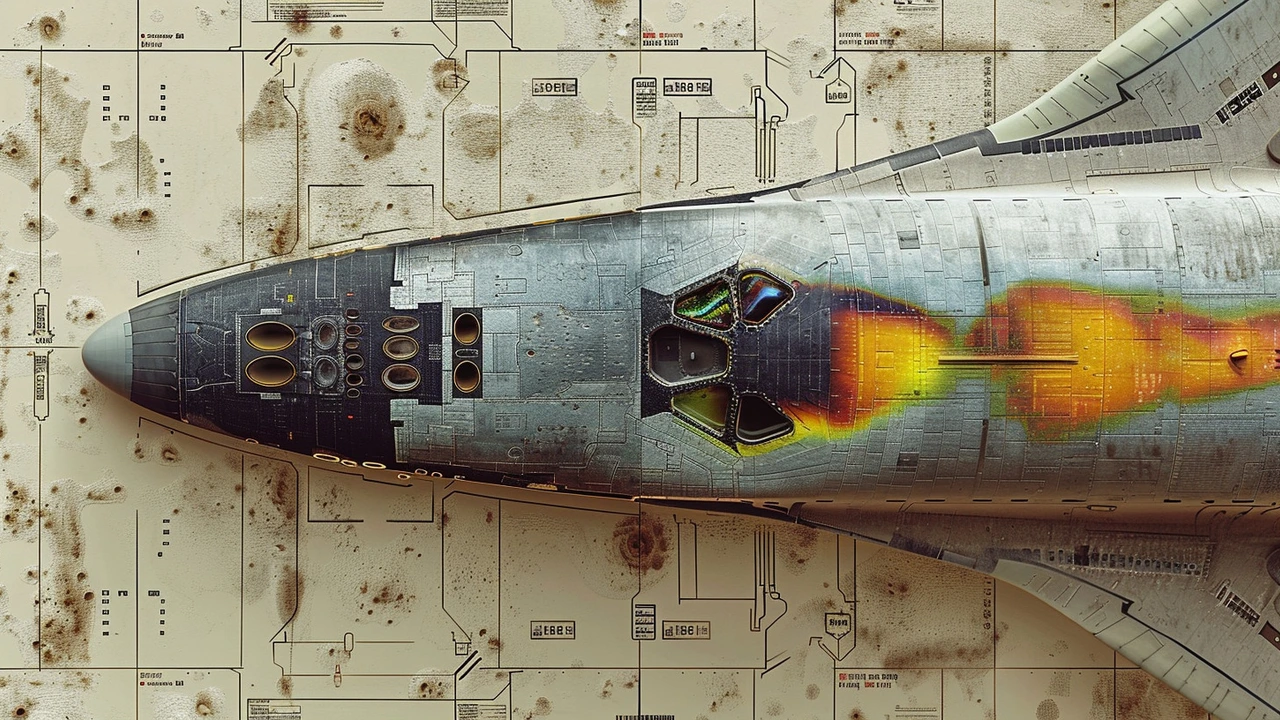


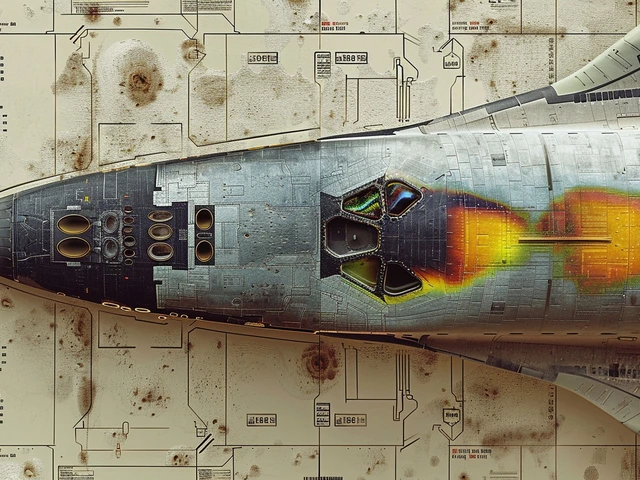


Ayan Kumar
June 25, 2024 AT 22:32Well, strap in because this is the kind of drama that makes even blockbuster movies jealous. Sunita Williams, a veteran with over 300 days in orbit, now stuck because of a “tiny” helium leak? That's the sort of glitch that turns a routine return into a nail‑biting thriller. Boeing's Starliner, hailed as the next big thing, is suddenly the star of a cautionary tale. And all of us watching from Earth get front‑row seats to the suspense.
Nitin Jadvav
July 6, 2024 AT 08:32Oh, brilliant, another day, another NASA‑Boeing drama-just what the coffee needed. If you think the crew could've packed a spare thruster in their luggage, think again. At least the “supportive” part of this saga is that the engineers get a chance to test their crisis‑management skills. Maybe they'll finally fix the leaks before the next “mission” to Mars.
Adrish Sinha
July 16, 2024 AT 18:32Hang in there, Sunita! Every setback is just a setup for a comeback. The crew’s experience and the global support will see them back on solid ground soon. Keep the optimism alive, it’s contagious.
Arun kumar Chinnadhurai
July 27, 2024 AT 04:32First, it’s crucial to understand that helium leaks, while seemingly minor, can have outsized impacts on a spacecraft’s reaction control system. The RCS thrusters rely on precise pressure difffere ntials, and any loss of helium jeopardizes that balance. In the case of the Starliner, five separate leaks were identified, indicating a systemic issue rather than an isolated fault. This suggests that the pre‑flight testing regimen may have missed subtle material failures or seal integrity problems. Historically, similar oversights have led to more catastrophic outcomes, reminding us that redundancy must be truly independent. Moreover, the crew’s training includes contingency procedures for thruster loss, but those plans are limited by the physics of orbital mechanics. Without adequate thrust, the vehicle cannot perform the precise de‑orbit burn required for a safe landing. NASA’s engineering teams are likely running real‑time simulations to model alternative trajectories, factoring in the reduced control authority. These simulations are computationally intensive and must account for variables such as atmospheric drag and spacecraft mass distribution. At the same time, ground control is coordinating with the ISS to ensure the station’s orbit remains stable while the crew remains aboard longer than planned. Power, life‑support, and consumables are being monitored closely to avoid any secondary issues. The psychological resilience of the astronauts is also a critical factor; extended missions test mental stamina, but the crew’s proven track records provide confidence. Boeing, on its part, must conduct a thorough failure analysis, reviewing manufacturing processes, quality assurance records, and supplier documentation. Transparency with the public and the astronaut community will help restore trust, which has been eroded by previous setbacks. Finally, this incident serves as a powerful reminder that space travel, even with private industry involvement, still demands the rigor of governmental programs. By learning from each anomaly, the industry can iterate toward safer, more reliable spacecraft in the future.
Aayush Sarda
August 6, 2024 AT 14:32It is quite evident that the reliance on foreign aerospace giants undermines our own capabilities, and this Starliner debacle only underscores the need for indigenous development. While the United States has its own strengths, the repeated mishaps signal a deeper issue with complacency. A more robust national program could have avoided such an embarrassing scenario.
Mohit Gupta
August 17, 2024 AT 00:32Wow!!! Another perfect example of pointing fingers instead of offering solutions... But hey, maybe it's time to actually invest in home‑grown tech??
Varun Dang
August 27, 2024 AT 10:32Despite the setbacks, this situation presents an unprecedented learning opportunity for all stakeholders involved. The meticulous analysis of the helium leak mechanisms will undoubtedly enhance future spacecraft designs. Let’s channel our collective expertise toward a swift and safe resolution.
Stavya Sharma
September 6, 2024 AT 20:32While optimism is commendable, it blinds us to the stark reality: Boeing’s repeated failures reflect systemic negligence. Without radical reforms, such incidents will persist, eroding public confidence and jeopardizing astronaut safety.
chaitra makam
September 17, 2024 AT 06:32The crew’s extended stay on the ISS could also mean more scientific experiments get extra time, which is a nice side effect.
Amit Agnihotri
September 27, 2024 AT 16:32Side effects are irrelevant when lives are at stake.
Erica Watson-Currie
October 8, 2024 AT 02:32Space is the ultimate reminder that humanity is both infinitesimal and infinite.
Mark Pelletier
October 18, 2024 AT 12:32We stare up at the night sky and dream of stars, yet we build machines that sometimes stumble on a simple gas leak, and that contrast makes us reflect on the delicate balance between ambition and humility, reminding us that progress is never a straight line but a series of adjustments and lessons.
Cheyenne Walker
October 28, 2024 AT 22:32From an engineering perspective, the Starliner’s helium leak issue can be traced to the metallurgy of the pressure vessels, where micro‑cracks propagate under thermal cycling, leading to seal degradation; a comprehensive nondestructive evaluation protocol, including ultrasonic phased‑array scanning and helium mass spectrometry, should be instituted for all future flight units to detect sub‑surface anomalies before integration; furthermore, implementing a redundant valve system with active monitoring would provide an additional safety margin, ensuring that any loss of helium can be compensated in real time without compromising the RCS performance or necessitating mission abort; these measures, coupled with rigorous supplier audits, will foster a culture of reliability essential for human spaceflight.
Jo Simpkinson
November 8, 2024 AT 08:32Oh great another drama in the skies while we’re stuck watching from the couch, keep the excitement coming
Darrell Kuykendall
November 18, 2024 AT 18:32Hey team!!! Let’s keep the morale high, the engineers are on it and the crew will be home before we know it!!!
Dean Obijekwu
November 29, 2024 AT 04:32All right, staying calm and supporting the technical team is the best way forward.
finlay moss
December 9, 2024 AT 14:32Honestly most of this could have been avoided if Boeing stuck to the same strict testing regimens they used on the shuttle program, but they decided to cut corners for profit.